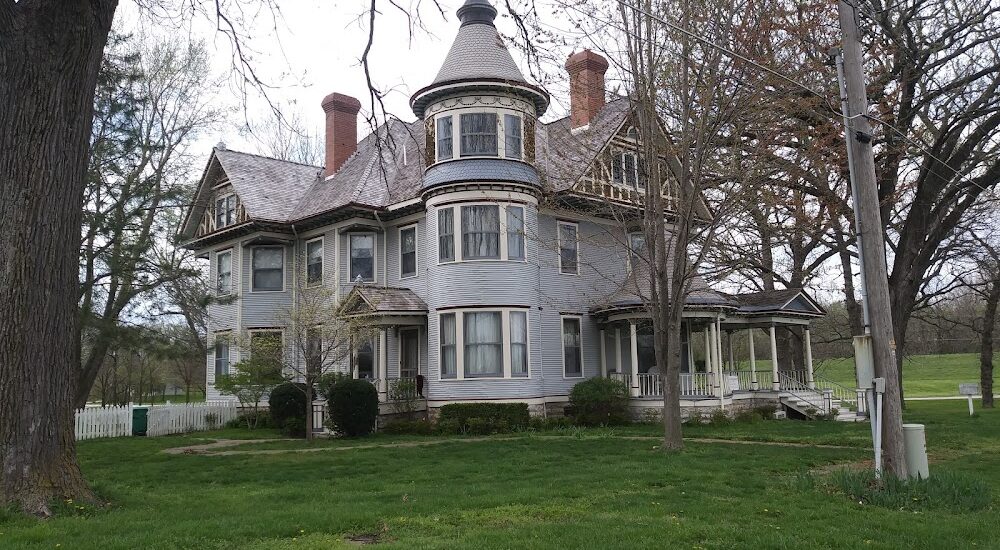Welcome to the William Mills House in Osawatomie, Kansas, an important landmark that offers a glimpse into the vibrant and tumultuous history of this small, yet significant town. Established during the mid-19th century, Osawatomie played a pivotal role in the events leading up to the American Civil War.
The town was founded in 1854 by abolitionists with the hope of making Kansas a free state. It quickly became a flashpoint in the violent conflict known as ‘Bleeding Kansas,’ a series of confrontations between pro-slavery and anti-slavery settlers. One of the most notable figures associated with Osawatomie is John Brown, a fervent abolitionist who believed in taking direct action to end slavery. Brown’s time in Osawatomie was marked by several key events, including the Pottawatomie Massacre in 1856, where he and his followers killed five pro-slavery settlers. This act of violence fueled further conflict across the region.
On August 30, 1856, the Battle of Osawatomie occurred when pro-slavery forces attacked the town. Despite being heavily outnumbered, John Brown and his men fiercely defended Osawatomie, although they ultimately had to retreat. This battle was a significant moment in the struggle over Kansas, highlighting the deep divisions within America at the time.
Osawatomie continued to grow and evolve after the Civil War. In 1863, the Kansas Legislature established the Osawatomie State Mental Hospital, the first mental hospital west of the Mississippi River, which is still operational today. The arrival of the railroad in 1879 further spurred the town’s development, turning it into a vital supply town and a main shipping point.
Today, Osawatomie and its historical landmarks, including the William Mills House, stand as reminders of the town’s rich and complex past. Visitors can explore the area to learn more about the significant events and figures that shaped not only Osawatomie but also the broader American narrative.



